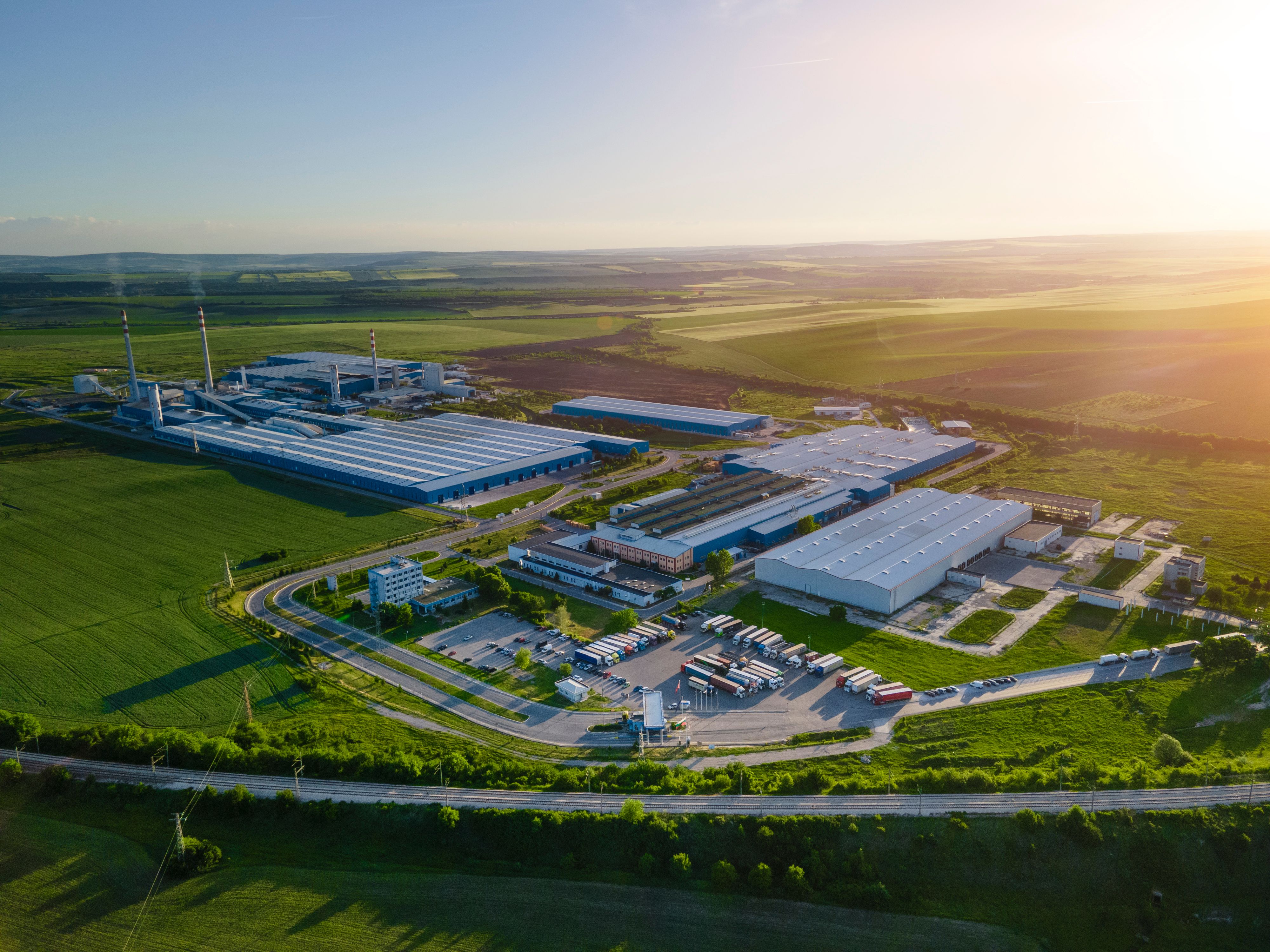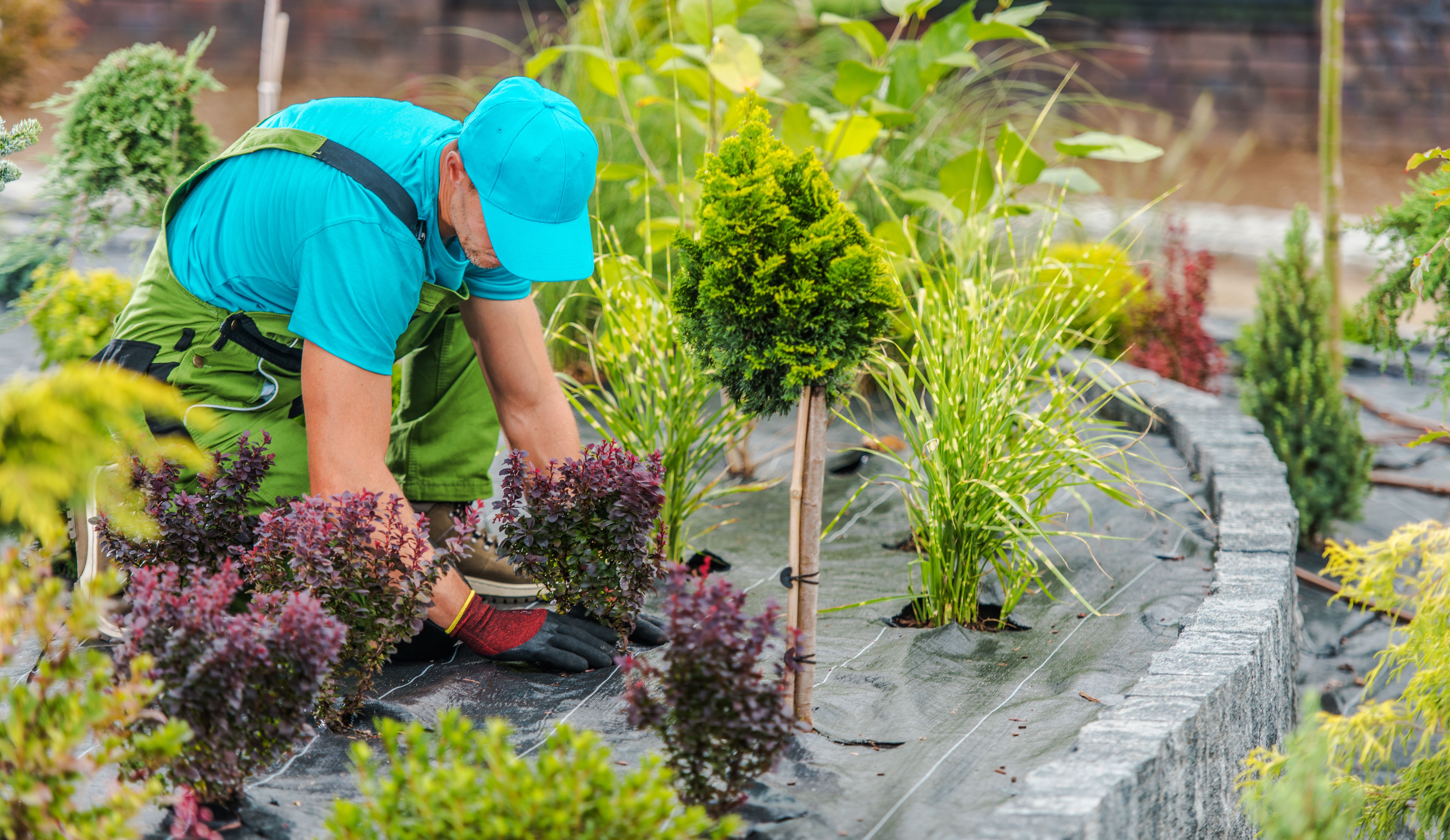Transforming Spaces - The Art of Commercial Landscaping
The Importance of Commercial Landscaping
Commercial landscaping is more than just an aesthetic addition to business premises; it plays a vital role in creating a welcoming environment for customers and employees alike. A well-maintained landscape can significantly enhance the overall look of a business, making it more appealing to potential clients and visitors. Moreover, a thoughtfully designed landscape can reflect a company’s values and commitment to sustainability.
Businesses that invest in professional landscaping services often see an increase in foot traffic and customer engagement. A beautifully landscaped area not only attracts attention but also sets the tone for the type of service or products offered within. It acts as a first impression, creating an inviting atmosphere that can lead to increased customer satisfaction and loyalty.

Design Principles in Commercial Landscaping
Effective commercial landscaping is grounded in several key design principles. One of these is balance, which involves creating visual harmony between different elements such as plants, pathways, and structures. Color is another critical component, where the strategic use of color can evoke specific emotions and complement the overall branding of the business.
Another essential principle is functionality. Landscapes should not only be beautiful but also serve practical purposes. This can include providing shaded areas for relaxation, clear pathways for easy navigation, and strategically placed signage. Additionally, incorporating sustainable practices such as using native plants and efficient irrigation systems can enhance the environmental responsibility of a business.
The Role of Softscaping and Hardscaping
In commercial landscaping, both softscaping and hardscaping play crucial roles. Softscaping refers to the use of living elements like trees, shrubs, and flowers. These elements add vibrancy and life to a landscape, offering seasonal interest and biodiversity. The choice of plants can also contribute to energy efficiency by providing shade and cooling effects during warmer months.
Hardscaping elements, such as walkways, patios, and retaining walls, provide structure and functionality to outdoor spaces. These features are essential for guiding foot traffic, creating seating areas, and enhancing accessibility. Incorporating materials that match the architectural style of the building can create a cohesive look that ties the outdoor space with the interior design.

Benefits of Professional Landscaping Services
Partnering with professional landscaping services offers numerous benefits for businesses. Experts in the field bring knowledge and experience that ensure landscapes are not only attractive but also low-maintenance and sustainable. Professionals can provide comprehensive plans that consider local climate conditions, soil types, and water availability.
Moreover, professional landscapers can offer ongoing maintenance services to keep the landscape looking its best year-round. This includes regular care such as pruning, mowing, and seasonal planting. By outsourcing these tasks, businesses can focus on their core operations while ensuring their outdoor spaces remain pristine.

Trends in Commercial Landscaping
As businesses continue to place greater emphasis on sustainability and environmental responsibility, several trends have emerged in commercial landscaping. One such trend is the integration of green roofs and vertical gardens. These features not only enhance aesthetic appeal but also improve air quality and reduce energy costs by providing natural insulation.
Another trend is the use of smart technology in landscape management. Automated irrigation systems, weather sensors, and app-controlled lighting are becoming more common, allowing businesses to efficiently manage resources while reducing their environmental impact. These innovations help create smarter, more sustainable landscapes that align with modern business practices.
The Future of Commercial Landscaping
The future of commercial landscaping lies in its ability to adapt to changing environmental conditions and consumer preferences. As urban areas continue to expand, the demand for green spaces within city environments will grow. This presents opportunities for innovative landscape designs that incorporate public art, interactive elements, and community engagement.
Ultimately, commercial landscaping will continue to evolve as businesses recognize its value in enhancing brand image, promoting sustainability, and improving quality of life for employees and customers alike. By embracing creative designs and sustainable practices, businesses can transform their outdoor spaces into functional, beautiful environments that leave a lasting impression.